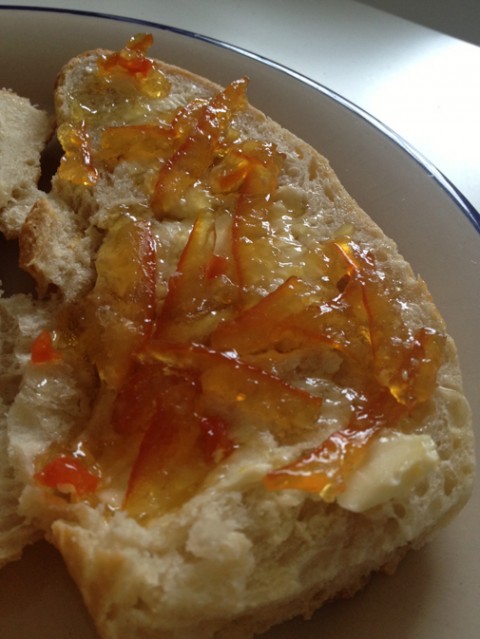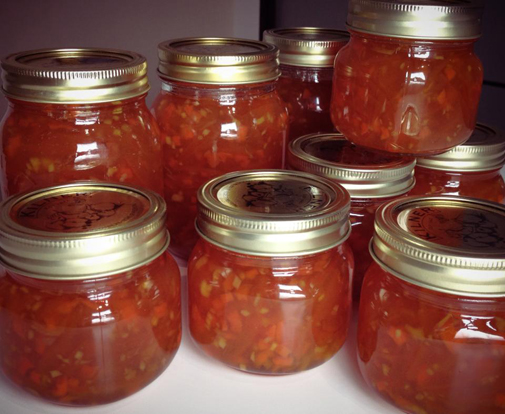
When I think of Costa Rica, several things come to mind: toucans, treehouses, a beautiful swimming pool sparkling in the sunshine, and the most delicious marmalade I have ever tasted, eaten whilst watching monkeys play in the trees outside the window. This recipe is my attempt to replicate that joyous breakfast.
Seville oranges are something of a limited time offer, since they are in season for only a few weeks. Make enough marmalade to last the whole year while you can! This also makes a great gift, especially if you pretty up the jars with handwritten labels and so on.
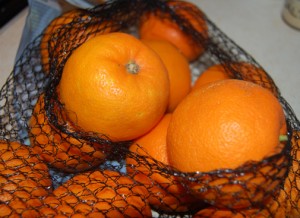
Princess Victoria Marmalade
750g Seville oranges
1.25 litres water
approx 140g carrots, peeled and finely chopped
2 ‘thumbs’ ginger root, peeled and finely chopped
1.25 kg sugar (preserving or just regular white granulated)
Before you start, put your jars through the dishwasher to sterilise them, or wash with very hot water and set aside.
Wash the oranges in cold water and remove the stalk buds. Pour the water into a large pan and add the oranges. Cover and bring to the boil, then reduce to a simmer for 1-1.5 hours until the oranges are tender (you can test them by sliding a knife into one).
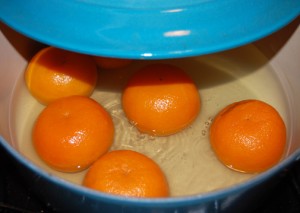
Lift the oranges out using a slotted spoon and put on a plate to cool. Leave the cooking liquid in the pan.
Once they’re cool, slice the oranges into quarters.
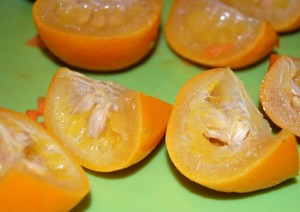
Place a sieve over a bowl and use a spoon to scoop the oranges’ softened insides into the sieve. Press through the sieve until the pulp ends up in the bowl and only the pips and fibrous membranes remain in the sieve. Retain the orange peel, put the pulp to one side and leave the pips in the sieve for the time being.

Add the finely chopped carrot and ginger to the pan of reserved orange water and simmer for 30 minutes. Put a saucer in the freezer – you will need this later for testing the set of the marmalade.
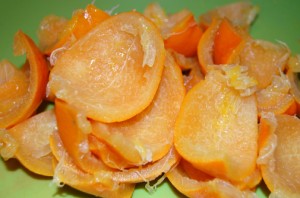
In the meantime, scrape the orange peels to remove any leftover pith, then shred finely according to how coarse-cut you like your marmalade. I made mine about 1-2mm thick. This is either strangely therapeutic or incredibly boring, depending on what frame of mind you’re in. Use a sharp knife and be very careful of your fingers if you don’t have pro knife skills (I most definitely don’t).
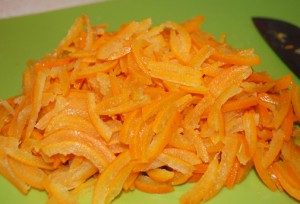
Put the sugar in a tin and warm it up in a very low oven (140°C) for about 10 minutes. Place the orange pips in a square of muslin and bring the sides up to form a bag. Use string to tie a knot around the neck and then tie it to the side of the pan so that the pips dip into the liquid.
Add the sieved orange pulp and the shredded peel to the pan, as well as the warmed sugar. Stir over a medium heat until the sugar dissolves , then turn up the heat and leave to boil for about 25 minutes. Skim off any foam that forms.
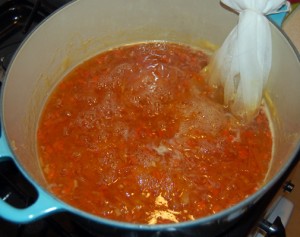
To test the set, remove the saucer from the freezer, drop a small spoonful of marmalade onto it and return it to the freezer for a minute or two. Push the marmalade gently with your finger – if it ripples, it is set.
Take the pot off the heat and leave to cool for 15 minutes or so, stirring in a splash of whisky if you’re feeling extravagant. I also tried augmenting one batch with amaro, a bitter Italian liqueur. In the meantime, put your jam jars on a baking tray and warm them up in a low oven.
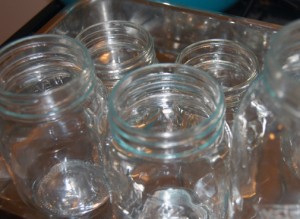
Find a jam funnel or fashion something similar out of thick paper. Ladle the marmalade into the warm jars and seal them. I used Kilner preserving jars, the type with two-piece screw top lids.
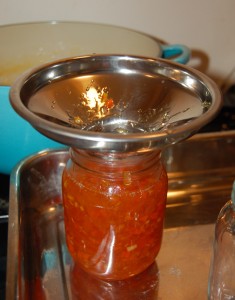
This quantity produced 1.5 litres of marmalade in total. I used a mixture of 0.25 and 0.5 litre jars.
